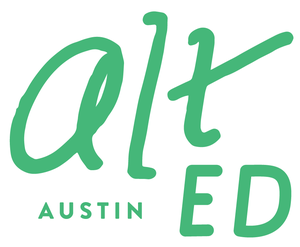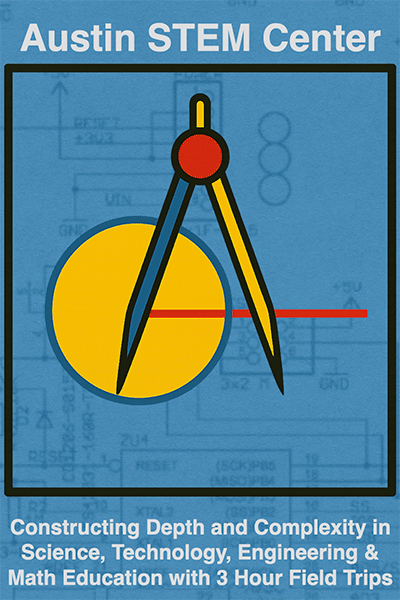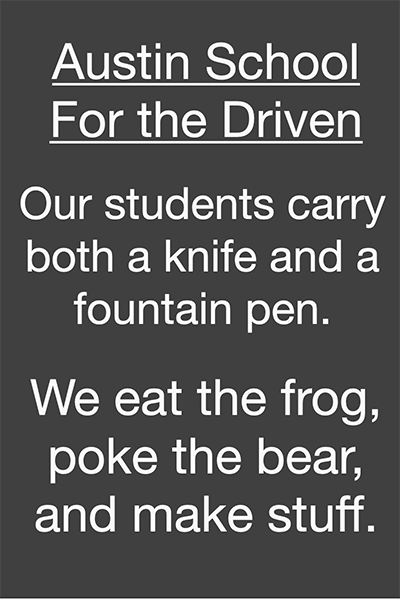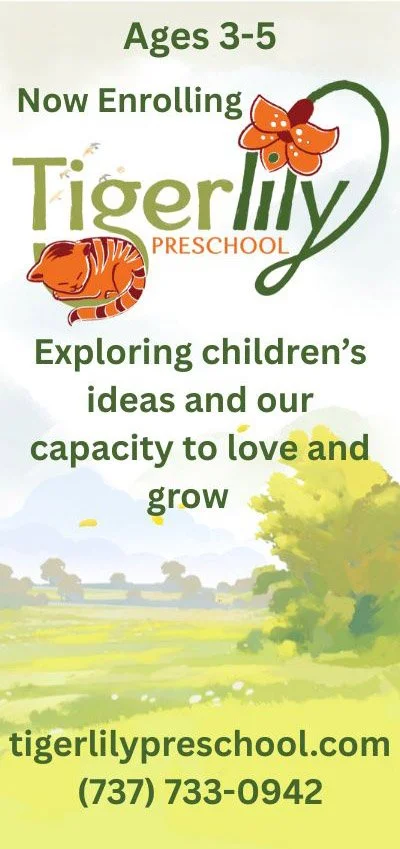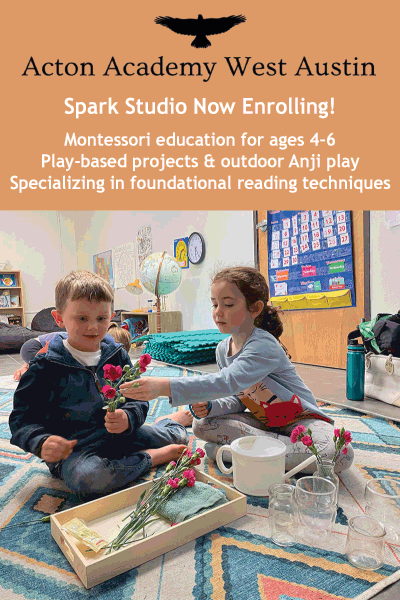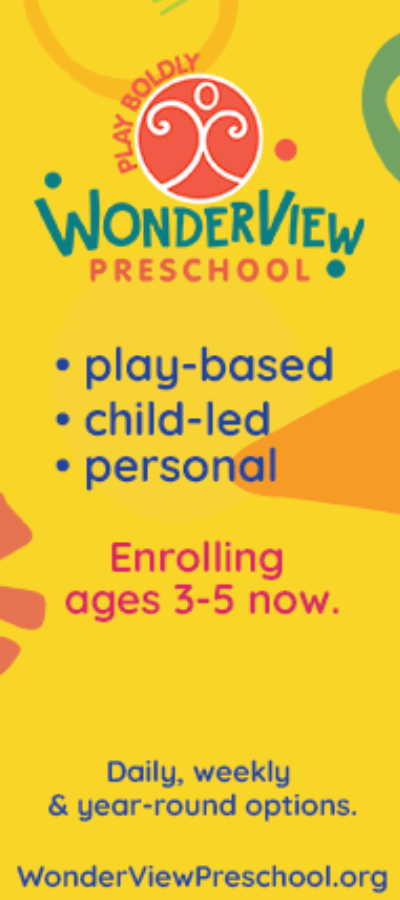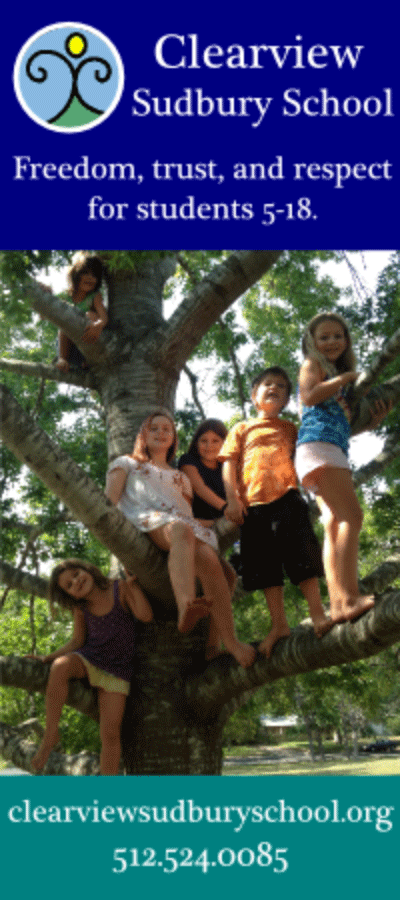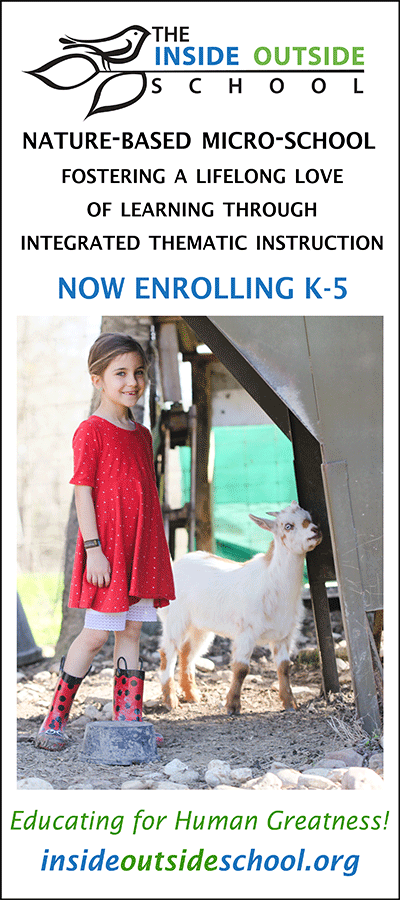Synergy Middle School: “Together we can do so much.”
/Rachel Green Soto is one of the most creative, hard-working, and accomplished people in Austin. She is a community organizer and educator with over 14 years experience in the public, private, and co-school communities. Rachel is best known as the founder, director, and teacher of Verona Schoolhouse, a pre-K and kindergarten program in southwest Austin; founder and board chair of the nonprofit Kairos Ed; and founder and executive director of the new Synergy Middle School. We invited Rachel to the blog to explain how she dreamed up the unique Synergy program and what makes it so special.
“Alone we can do so little; together we can do so much.” Helen Keller recognized the power of a community that brings together its unique gifts to serve all more fully. I couldn’t agree more, and this thought has inspired me to continue my life’s work of responding to the educational needs of our community in collaboration with some of the biggest names in essential youth programs in Austin. Together, we have redesigned the middle school experience to be one where students thrive, not just survive as so many young teens currently find themselves doing in conventional schools.
Synergy Middle School’s vision, adopted from Kairos Ed, is to maximize meaningful learning opportunities within and beyond the classroom by facilitating a culture of collaboration that ignites curiosity, nurtures strengths, and empowers students, families, and educators.
Austin is bursting with amazing youth programs that offer learning opportunities as afterschool classes, spring break and summer camps, and homeschool classes. As a co-school family for many years, we have had the ability to pick and choose our own combination of classes that we consider “essential” parts of our schooling rather than “enrichment.” These programs have provided new experiences, broader content, and refined skills that, as my child’s primary teacher, I have been able to build on, connect to, and weave into our full learning experience. The combination of outside programs with integrated academic content has proven to be a very effective way to deepen learning and make it fun and relevant. Our “a la carte” version of schooling has gone far beyond the four walls of our house and my own expertise as a homeschooling parent. Instead of being limited to my skill set, my kids have had the privilege of also learning from a handful of other teachers with their own knowledge, skills, and passions.
Middle school can be an uncertain and sensitive time of life for students. So much is changing, physically, emotionally, socially, and academically, that these students require the most engaged learning environment possible. Additionally, middle school is an ideal time to introduce a more flexible, yet still structured, environment that allows students new freedom and independence where they naturally desire it, variety to keep things interesting, and a socially and emotionally supportive team of educators to help them navigate these crucial years of development.
Inspired by the positive experience of my family’s a la carte co-schooling years and with a heart to provide wraparound support to students and families during the critical middle school years, I created Synergy Middle School as a full-time, alternative education school that will open in Fall 2017 to its inaugural class of 6th graders and grow by one grade level each year to serve grades 6–8. Synergy Middle School is combining the expertise of established local programs already providing classes to the community and the skill and oversight of professional classroom teachers into one school program.
The handpicked essential youth programs with whom Synergy Middle School is partnering includes outdoor education from Earth Native Wilderness School, visual arts classes from The Art Garage Austin, theater and robotics through the Paramount Theatre, aerial yoga and mindfulness from Yogapeutics, and guitar/voice lessons from Don’t Stop Rockin’.
Teacher-Mentors, the Synergy name for classroom teachers, will provide the students with content area instruction in math, language arts, science, and social studies, multidisciplinary curriculum design skills, and the heart and training to mentor middle school students during these pivotal years. Teacher-Mentors intentionally weave together the five days of programming into one amazing middle school experience connecting academic, social, and experiential learning together in the minds, hearts, and bodies of middle schoolers.
Rachel Green Soto
